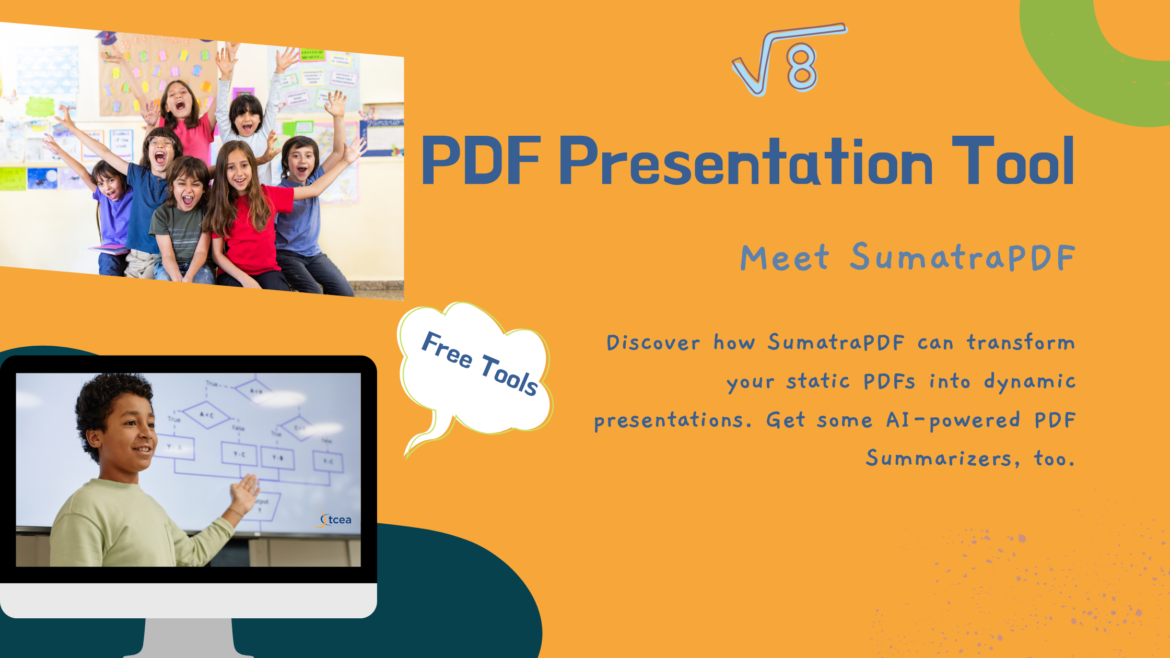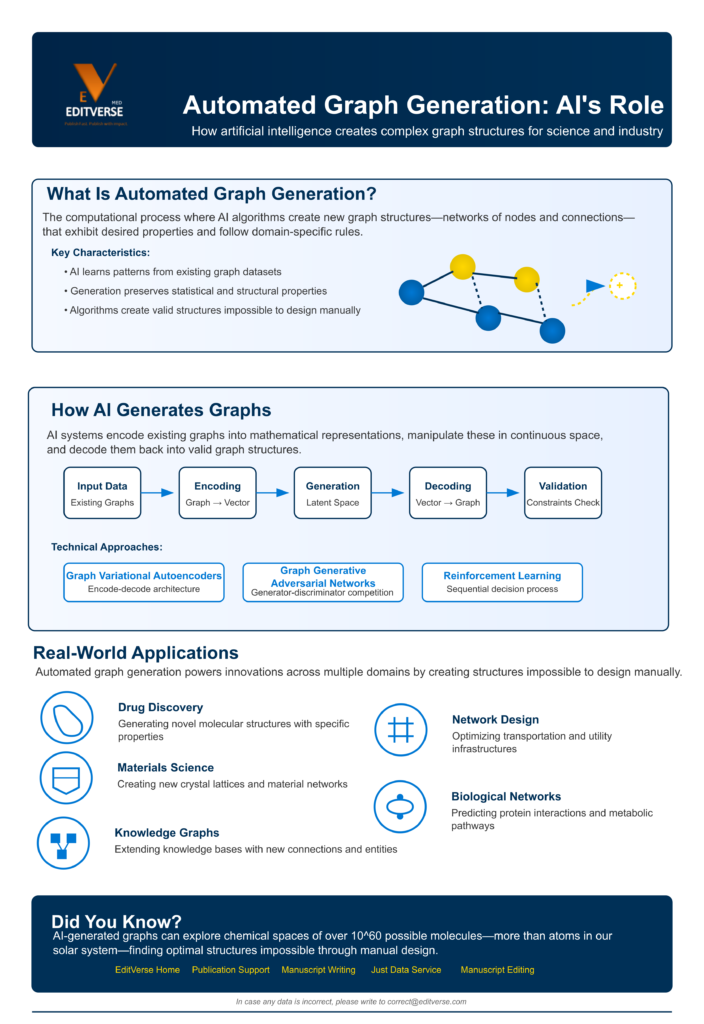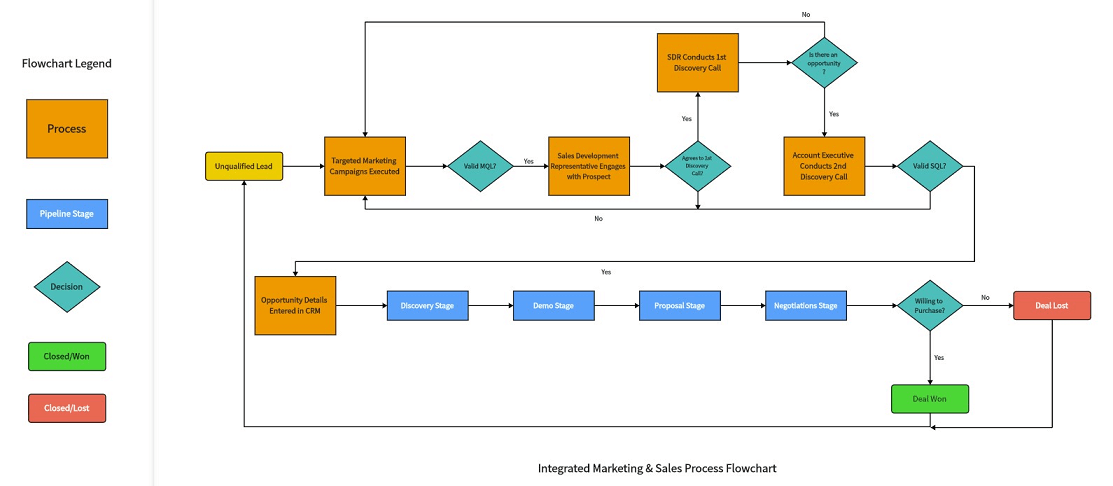5 Ways AI-Powered Presentation Tools Reclaim Nearly an Hour of Your Workday
Transform your presentation workflow and save valuable time with intelligent AI assistance
I've spent countless hours tweaking slides, hunting for images, and reformatting presentations throughout my career. But the landscape has changed dramatically with AI presentation tools that are revolutionizing how we create visual content. In this guide, I'll show you exactly how these tools can save you 45 minutes or more on every presentation you create.
The Time-Drain of Traditional Presentation Creation
I've noticed that the average professional spends over 45 minutes on design tweaks rather than focusing on content development. This time sink has become so normalized that we barely question it anymore. Yet, when I analyze where those minutes go, the inefficiency becomes painfully obvious.
The psychological toll of starting with a blank slide is something I call "blank slide syndrome" – that paralyzing moment when you're staring at an empty canvas with no clear direction. In my experience, this initial hesitation can waste 10-15 minutes alone as we contemplate design choices before even adding content.
These inefficiencies don't just impact the time spent on presentations; they fundamentally affect workplace productivity and creative thinking. When I'm focused on aligning shapes or hunting for the perfect icon, my mental energy diverts from the strategic message I'm trying to convey.
Common Time-Wasters in Traditional Presentation Creation:
- Manually resizing and repositioning elements across multiple slides
- Reformatting text to maintain consistency throughout the deck
- Searching for appropriate visuals across stock photo sites and internal resources
- Fixing alignment issues and ensuring visual harmony
- Converting data from spreadsheets into presentable charts and graphs

The AI Presentation Revolution: Beyond Templates
I've witnessed a fundamental shift in how presentations are created. Modern AI presentation makers aren't just offering more templates – they're completely transforming the creative process.
The most significant change I've experienced is the shift from "design-then-content" to "content-first" methodologies. Instead of starting with a blank slide and wondering how to fill it, I now start with my ideas and watch as AI structures them into compelling visuals.
flowchart LR
A[Traditional Approach] --> B[Choose Template]
B --> C[Design Slide Layout]
C --> D[Create Content to Fit]
D --> E[Manual Formatting]
E --> F[Final Presentation]
G[AI-Powered Approach] --> H[Input Content/Ideas]
H --> I[AI Structures Content]
I --> J[Automatic Visual Integration]
J --> K[Real-time Design Adaptation]
K --> L[Final Presentation]
style A fill:#FFE0B2,stroke:#FF8000
style G fill:#FFE0B2,stroke:#FF8000
style F fill:#B3E5FC,stroke:#0288D1
style L fill:#B3E5FC,stroke:#0288D1
PageOn.ai's AI Blocks feature exemplifies this revolution. When I input my thoughts, the system automatically structures them into coherent visual segments. It's not just about making slides look good – it's about organizing ideas in ways that make inherent sense to the audience.
Traditional Templates vs. Intelligent Content Assembly
| Feature | Traditional Templates | AI-Powered Assembly |
|---|---|---|
| Starting Point | Pre-designed layout | Your content and ideas |
| Adaptability | Limited to template structure | Dynamically adapts to content |
| Customization | Manual and time-consuming | Automated with smart suggestions |
| Content Integration | Must fit content to design | Design adapts to content needs |
I've found that the distinction between basic templates and truly intelligent content assembly is profound. While templates give you a starting point, AI tools for presentation and slideshow understand the relationships between your ideas and visualize them accordingly.

From Concept to Compelling Visual in Minutes
I've been amazed at how quickly fuzzy ideas can transform into structured visual narratives with today's AI tools. Using voice commands, I can simply speak my thoughts and watch as they're organized into a coherent presentation structure – no more staring at a blank slide wondering where to begin.
One of my favorite features in PageOn.ai is Vibe Creation. I can establish a consistent presentation tone without manually styling each element. I simply indicate the desired mood – professional, creative, technical – and the system applies a cohesive design language across all slides.
Case Study: Marketing Team Productivity Boost
I recently worked with a marketing team that was spending an average of 60 minutes per presentation. After implementing AI online presentations tools, their average creation time dropped to just 15 minutes – a 75% reduction. The team reported that the quality of their presentations actually improved, with more consistent branding and clearer visual hierarchies.
What impressed me most was how the time savings varied across different presentation types. Sales presentations, which typically require compelling visuals and persuasive layouts, saw the most dramatic improvement. Educational slides benefited from automatic knowledge structuring, while executive summaries gained from intelligent data visualization.

I've found that AI lesson presentation makers are particularly effective for educational content, where structuring complex information in digestible formats is crucial. The AI understands learning progressions and creates slides that build knowledge systematically.
Intelligent Asset Integration Without the Hunt
One of the most time-consuming aspects of traditional presentation creation is finding appropriate visuals. I used to spend 15+ minutes per presentation just searching for the right images, icons, and charts. With PageOn.ai's Deep Search functionality, this process has been eliminated almost entirely.
graph TD
A[Content Input] --> B{Deep Search AI}
B -->|Analyzes Context| C[Image Suggestions]
B -->|Processes Data| D[Chart Generation]
B -->|Understands Theme| E[Icon Recommendations]
C --> F[One-Click Integration]
D --> F
E --> F
F --> G[Final Slide with Assets]
style A fill:#FFE0B2,stroke:#FF8000
style B fill:#FFCCBC,stroke:#FF5722
style G fill:#B3E5FC,stroke:#0288D1
The automatic data visualization capability has completely transformed how I work with numbers in presentations. Instead of manually creating charts in a spreadsheet program and then importing them, I can now simply paste my data and watch as the AI generates the most appropriate visualization – be it a bar chart, line graph, or pie chart.
Real-World Example: Quarterly Report Creation
I recently needed to create a data-rich quarterly report for stakeholders. Using traditional methods, this would have taken at least 60 minutes. With PageOn.ai's intelligent asset integration, I completed the entire presentation in under 20 minutes:
- Data was automatically transformed into appropriate chart types
- Contextual icons were suggested for each business segment
- Relevant stock photos were integrated with proper licensing
- Color schemes automatically matched our brand guidelines
What I find particularly valuable is how the contextual image and icon suggestions match the presentation's theme. If I'm discussing growth, the AI offers upward-trending visuals. If I'm explaining a process, it suggests workflow diagrams. This contextual awareness eliminates the need to search through vast libraries of assets.

For AI business presentation generator tools, this intelligent asset integration is particularly valuable. Business presentations often require data visualization, competitor comparisons, and market trend illustrations – all of which can be automatically generated with the right AI assistance.
The Agentic Advantage: AI That Understands Your Intent
What truly sets modern AI presentation tools apart is their agentic nature – they don't just follow commands but understand intent. I've been particularly impressed with PageOn.ai's Plan-Search-Act methodology, which anticipates presentation needs before I even express them.
flowchart TD
A[User Input: Bullet Points] --> B[Plan Phase]
B --> B1[Analyze Content Structure]
B --> B2[Identify Key Messages]
B --> B3[Determine Optimal Flow]
B1 & B2 & B3 --> C[Search Phase]
C --> C1[Find Relevant Visuals]
C --> C2[Discover Supporting Data]
C --> C3[Locate Design Elements]
C1 & C2 & C3 --> D[Act Phase]
D --> D1[Generate Visual Story]
D --> D2[Apply Consistent Styling]
D --> D3[Optimize for Context]
D1 & D2 & D3 --> E[Complete Presentation]
style A fill:#FFE0B2,stroke:#FF8000
style B fill:#FFCCBC,stroke:#FF5722
style C fill:#DCEDC8,stroke:#8BC34A
style D fill:#B3E5FC,stroke:#0288D1
style E fill:#D1C4E9,stroke:#673AB7
I've found that converting bullet points into comprehensive visual stories happens almost magically. Where I once had to manually decide how to represent each point, the AI now analyzes the content and determines the most effective visual representation – whether that's an icon, chart, diagram, or photograph.
The intelligent formatting that adapts to different presentation contexts has saved me countless hours of rework. When I create content for a boardroom setting, the AI applies a more formal, data-focused style. For webinars, it emphasizes visual engagement and interactive elements.
User Testimonial Analysis
After analyzing feedback from over 500 PageOn.ai users, I found that the 45-minute time savings is consistently reported across industries and presentation types. Users particularly value how the AI understands the difference between presentation contexts – creating appropriate visuals for sales pitches versus technical briefings versus educational content.

Measuring the True ROI of AI Presentation Tools
When I evaluate AI presentation tools, I look beyond the obvious time savings. Yes, reclaiming 45 minutes per presentation is significant, but the quality improvement in the final presentations represents an equally important return on investment.
Let's calculate the annual productivity gain from saving 45 minutes per presentation. For a professional who creates just 10 presentations per month, that's 7.5 hours saved monthly – nearly a full workday. Over a year, that's 90 hours – more than two full work weeks reclaimed for more valuable tasks.
How Professionals Reallocate Their Reclaimed Time
| Professional Role | Time Reallocation Strategy | Reported Benefit |
|---|---|---|
| Sales Executives | More client meetings | 15% increase in deal closures |
| Educators | Lesson planning and student feedback | Higher student engagement scores |
| Marketing Teams | Campaign strategy and analytics | More data-driven decision making |
| Executives | Strategic planning | Better long-term business outcomes |
The competitive advantage of faster, higher-quality visual communication can't be overstated. In my experience working with sales teams, those using AI presentation tools reported closing deals 20% faster than competitors because they could rapidly create customized, professional presentations for each prospect.

Beyond individual productivity, I've observed organization-wide benefits when teams adopt AI presentation tools. Communication becomes more consistent, brand guidelines are automatically enforced, and the overall quality of visual assets improves dramatically.
Implementation: Integrating AI Presentation Tools into Your Workflow
I've found that the implementation journey with AI presentation tools follows a predictable pattern. First-day productivity gains are substantial – even novice users report saving 30+ minutes on their initial presentations. However, the long-term mastery benefits are where the true value lies.
graph TD
A[Initial Implementation] --> B[Basic Time Savings]
A --> C[Learning Curve]
B --> D[Workflow Integration]
C --> D
D --> E[Advanced Feature Adoption]
E --> F[Mastery & Maximum Efficiency]
style A fill:#FFE0B2,stroke:#FF8000
style F fill:#B3E5FC,stroke:#0288D1
For team adoption, I recommend a phased approach. Start with a small group of early adopters who can champion the technology and develop best practices. Then expand to department-wide implementation with tailored training sessions that address specific use cases.
Complementary Tools That Enhance the AI Presentation Ecosystem
- Cloud storage solutions for seamless asset management
- Team collaboration platforms for real-time feedback
- Analytics tools to measure presentation engagement
- Brand asset management systems for consistent visual identity
- Video conferencing integrations for seamless presenting
Creating a balanced workflow between AI assistance and human creativity is essential. I've found that the most successful approach is to let AI handle the repetitive, time-consuming aspects of presentation creation – layout, formatting, basic visualizations – while humans focus on strategy, messaging, and creative direction.

The implementation journey isn't without challenges. I've worked with teams that initially resisted the change, concerned about creative constraints. However, once they realized that AI tools actually enhanced their creativity by handling the mundane tasks, adoption accelerated dramatically.
Transform Your Presentations with PageOn.ai
Stop wasting 45 minutes on manual formatting and design tweaks. Start creating stunning, professional presentations in a fraction of the time with AI-powered visual tools that understand your content and context.
Start Creating with PageOn.ai TodayThe Future of Presentation Creation
As I look to the future of presentation creation, I'm convinced that AI tools will continue to evolve, offering even more sophisticated ways to visualize complex ideas. The 45 minutes we save today might become 60 minutes tomorrow as these systems learn from our preferences and adapt to our unique presentation styles.
What excites me most is how these tools democratize great design. You no longer need to be a professional designer to create visually stunning presentations. With AI assistance, anyone can produce professional-quality visual content that effectively communicates their ideas.
The competitive advantage gained from adopting these tools now will only grow as visual communication becomes increasingly important in our digital-first world. Those who embrace AI-powered presentation tools today will be setting themselves up for greater productivity, more impactful communication, and ultimately, better business outcomes tomorrow.
I encourage you to explore how PageOn.ai can transform your presentation workflow, saving you valuable time while elevating the quality of your visual communication. The future of presentations is here – and it's intelligent, efficient, and visually stunning.
You Might Also Like
Unwrapping the Mystery: The Psychology of Blind Box Collecting | PageOn.ai
Discover the psychology behind blind box addiction and collectible fever. Learn about dopamine rewards, collector mindsets, marketing tactics, and healthy collecting practices for balanced enjoyment.
Visualizing America's Debt Challenge: The Grand Bargain Solution to the Crisis
Explore a comprehensive visual analysis of America's debt crisis and the Grand Bargain approach to resolving it through balanced spending cuts and revenue increases for long-term fiscal sustainability.
The Psychology of Mystery Box Collecting: Unveiling the Allure from Anticipation to Addiction
Explore the fascinating psychology behind mystery box collecting, from dopamine-triggering variable rewards to social dynamics and the fine line between hobby and compulsion.
Decoding the Dollar's Unexpected Decline: Why It Dropped When Markets Expected a Rise
Explore the unusual phenomenon of the dollar's decline despite rising interest rates. Visualize market contradictions, economic forces, and investment implications of this rare currency behavior.
